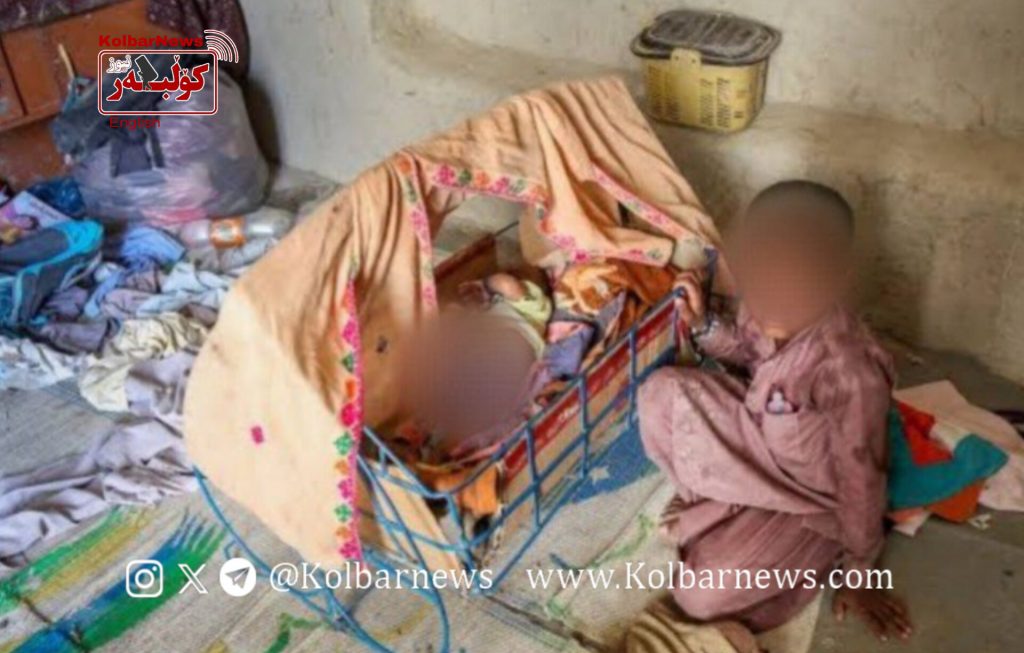The nutritional crisis in eight provinces of Iran, including Sistan and Balochistan, has reached alarming levels, with around 150,000 children in Balochistan suffering from severe food insecurity.

According to Kolbarnews, citing official reports, the food crisis in Iran has persisted for years. Mohammad Esmaeil Motlaq, head of the Secretariat of the Supreme Council for Health and Food Security, has confirmed that these eight provinces require urgent attention.
Investigations reveal that food insecurity in these regions is not new and has not improved over time. In 2017, Iran’s Ministry of Health identified seven provinces as being in critical condition. Now, seven years later, the same provinces remain on the list, with one additional province added.
Current statistics indicate that 20 to 30 percent of children under five in Sistan and Balochistan nearly 150,000 children are severely malnourished, lacking access to adequate nutrition. Their primary meal consists only of bread and tea, with little to no access to fruits, vegetables, meat, or legumes. In many cases, charitable organizations have stepped in, providing flour and distributing bread at night to help reduce hunger among these children.
For decades, Sistan and Balochistan has remained one of the most underdeveloped provinces in Iran. Agriculture and cross-border trade, the primary livelihoods of the Baloch people, have been devastated due to government mismanagement, dried-up wetlands and rivers, and border closures. Over 46 years of the Islamic Republic’s rule, no effective job creation has taken place, leaving the Baloch population in a state of forced poverty, despite the province’s rich mineral and underground resources.

